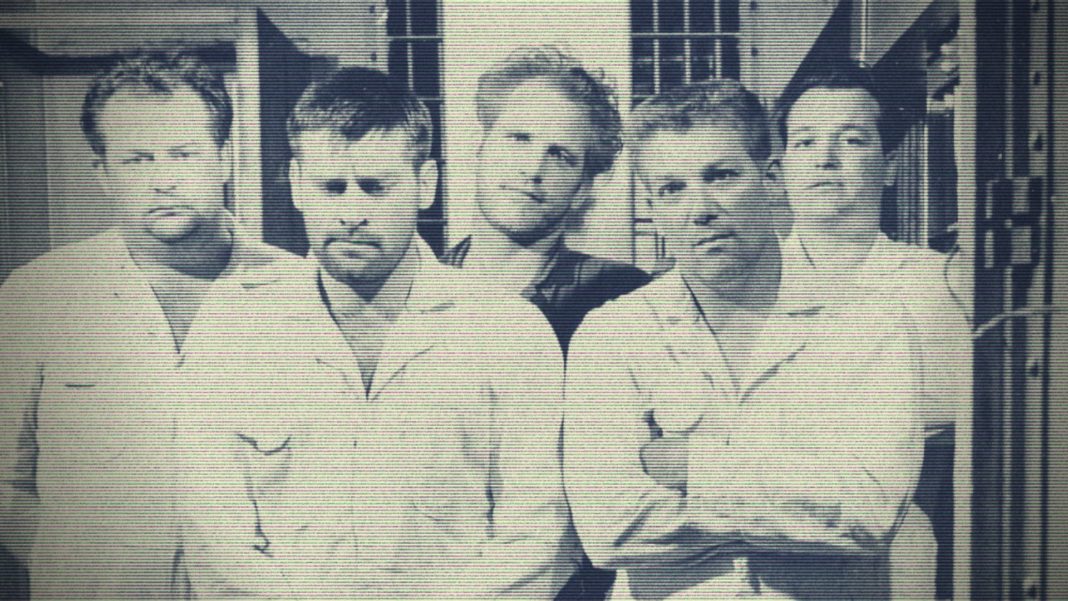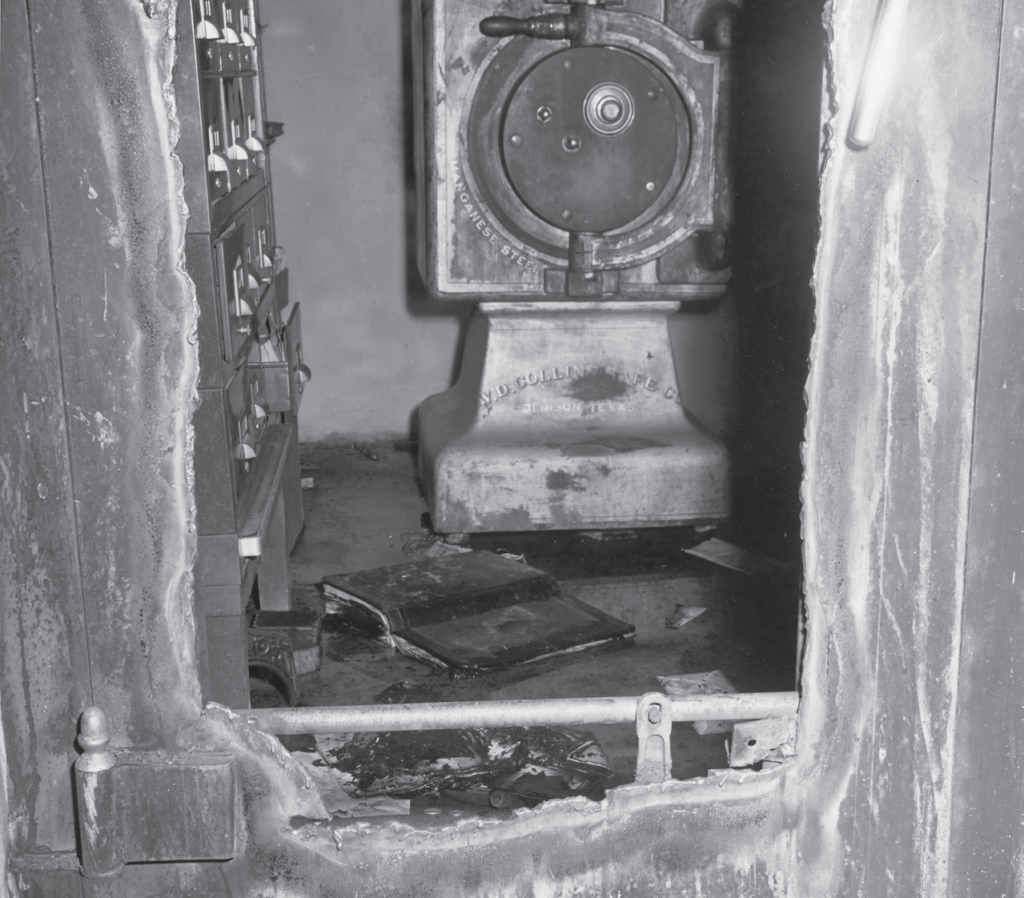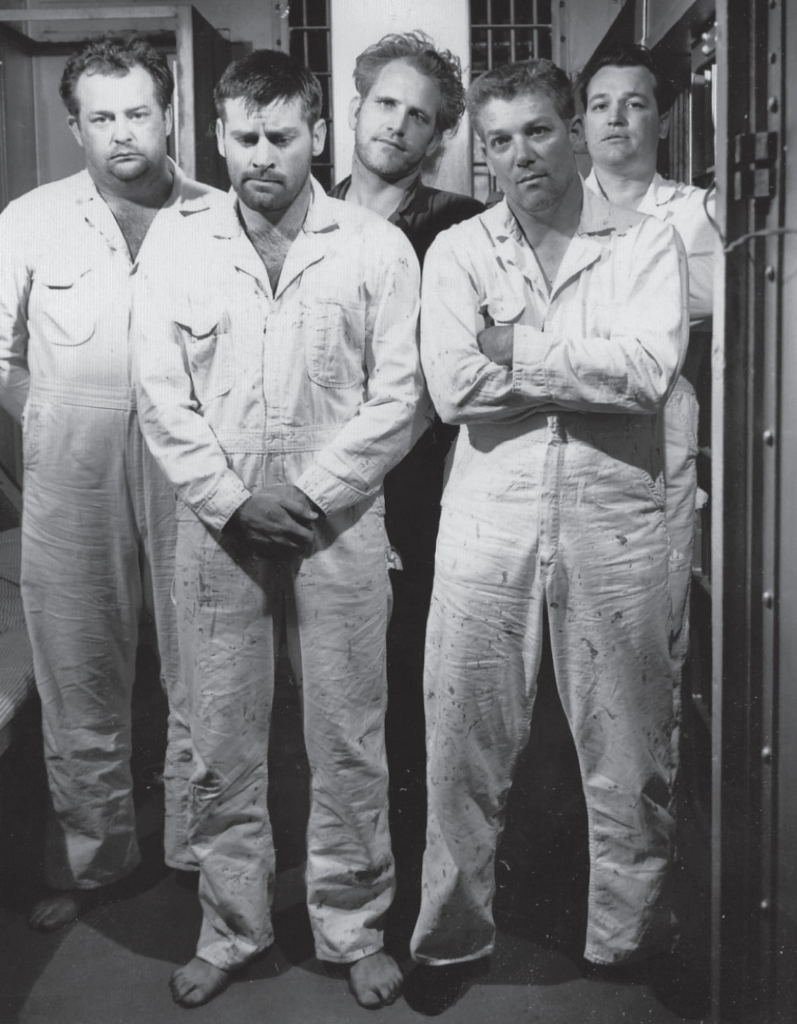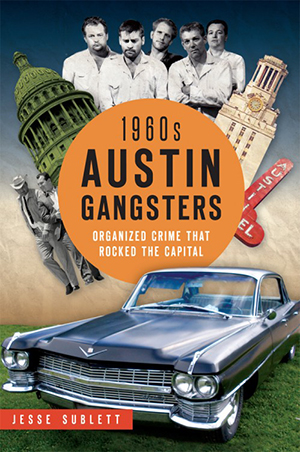
Timmy Overton of Austin and Jerry Ray James of Odessa were football stars who traded athletics for lives of crime. The original rebels without causes, nihilists with Cadillacs and Elvis hair, the Overton gang and their associates formed a ragtag white trash mafia that bedazzled Austin law enforcement for most of the 1960s
“Busting.” “Punching.” “Peeling.” Call it what you want, for a group of Austin-based gangsters in the ‘60s, metal safes were as easy to crack as an egg.
And boy, did they make some omelettes.
Recently on Crime Capsule we took a look at the Dixie Mafia—the uniquely Southern take on organized crime, with loosely-linked criminal enclaves scattered throughout the Gulf Coast. Each state had its own worst offenders, and it probably won’t surprise you to learn that Texas had one of the worst of the worst.
In his book 1960s Austin Gangsters: Organized Crime That Rocked The Capital, author (and rock star) Jesse Sublett offers the first full portrait of the life of Tim Overton, one of the most violent, reckless, and brash under-lords ever to darken the dirt of the Lone Star State. Over a decade-long career, Overton and his band of outlaws (occasionally known as the James Gang, when his partner Jerry Ray James was involved) ran a criminal enterprise that spanned pimping, gambling, smuggling, bank-robbing, and more, living the high life as outlaws and paying for their preferred sets of wheels—shiny new Cadillacs—in cash.

How did they finance this business? By injecting a little liquid capital found inside a fat steel box. As Sublett details, the Overton gang loved nothing more than finding a county bank an hour outside of town and relieving it of the burden of its contents.
The gang’s basic method, he writes, was simple: “…the outside walls of a laminated safe could be ‘peeled’ open with the help of a grinder, after which it was attached with punches or chisels driven by a short-handled sledge. The combination lock could be defeated by a method called ‘punching,’ which entailed the use of a power drill and the aforementioned punch and sledge.”

Their biggest haul came during Thanksgiving 1964, at their old alma mater, the University of Texas. With tickets for the big football game against A&M sold at the campus bookstore, over the weekend the strongbox there was “stuffed with cash like a Thanksgiving turkey.” Enter Overton: sneaking out late at night even while under surveillance, he and his goons got ahold of the bird and looted it for all it was worth, over $20,000.
All local law enforcement heard on their wiretaps was the men counting out the cash—without knowing where it had come from—and when police finally located the scene of the crime, all they found were puddles of vomit on the floor from when the tear gas had been set off. No other incriminating evidence was found.
In other words, Overton’s gang had done it, the police knew they’d done it, Overton knew the police knew they’d done it, and not a soul could do a thing about it.
Occasionally the boys would find a safe more resistant than others, such as the newfangled ‘cannonball’ style that required magnetic drills and acetylene torches to crack—dangerous, because you could ignite the very currency you were looking to lift. Or other times, if the safe still wasn’t giving way to their advances, they’d just load it into the truck and take it with them, then dump it in a cow pasture later. But so determined were Overton and his cronies that in the mid-60s they bought a cannonball safe on legitimate terms just so they could study its weaknesses.
That one, too, ended up in a cow pasture.

Thankfully, after extensive collaboration between state and federal law enforcement, and a last wild heist gone bust, by 1967 the Overton gang was rounded up one by one, the last of them caught hiding in the desert not far from Amarillo. After a lengthy trial which was easily as colorful as the crimes, the majority of them were convicted and sent away, the capo himself sentenced to five years.
Like a character from a pulp fiction novel, however, Overton himself met an unexpected surprise not long after he was sprung from the joint—but we’re not going to steal Sublett’s thunder here. Put it this way: for a man who walked in darkness most of his life, Overton’s end befit his beginning. But we do have to admire his gumption all those years, and his devotion to his craft.
After all, you gotta pay for those Caddies somehow!

Who finally killed Austin gangster Tim Overton?



